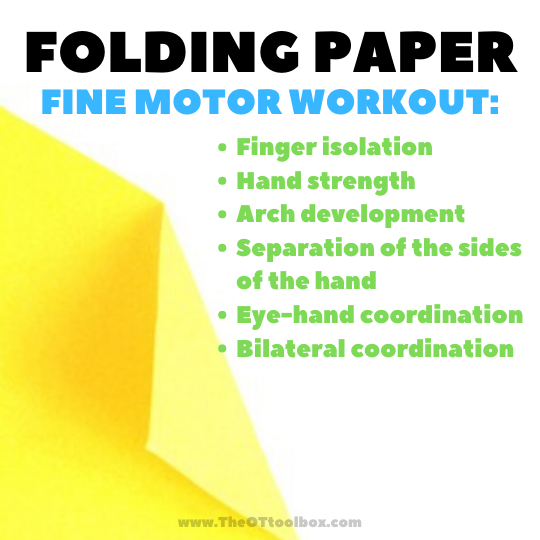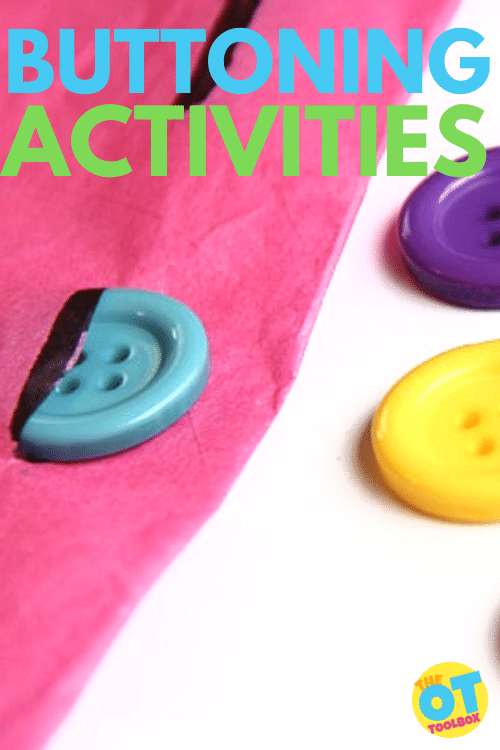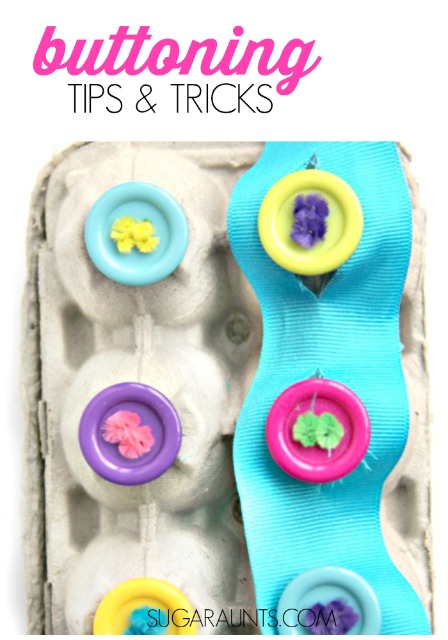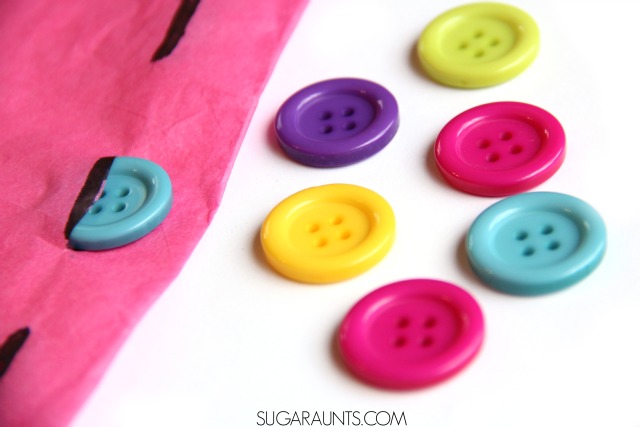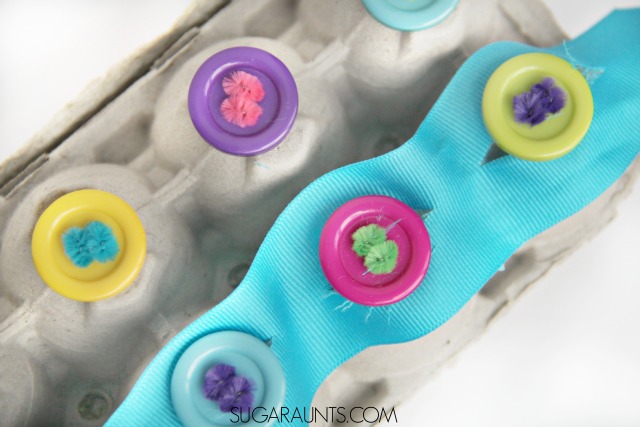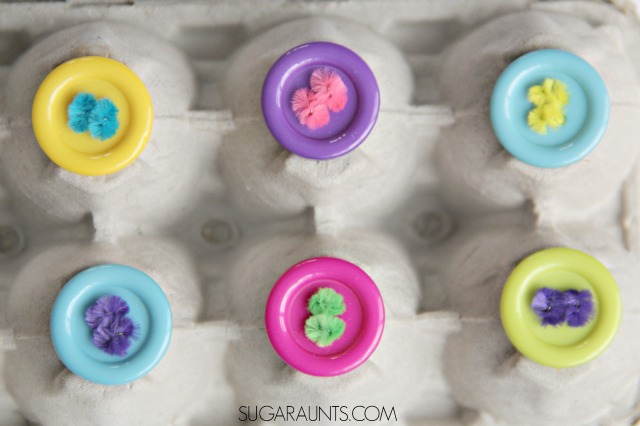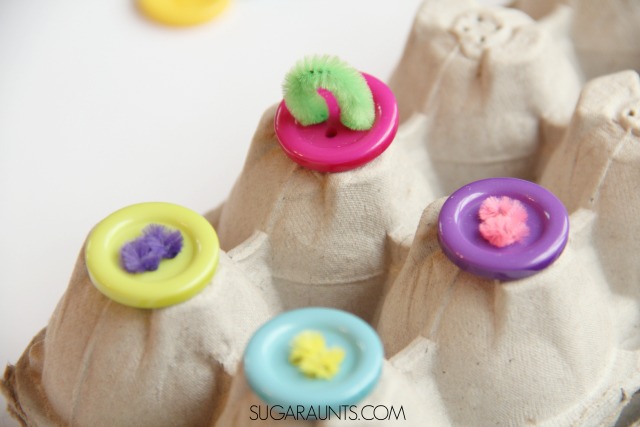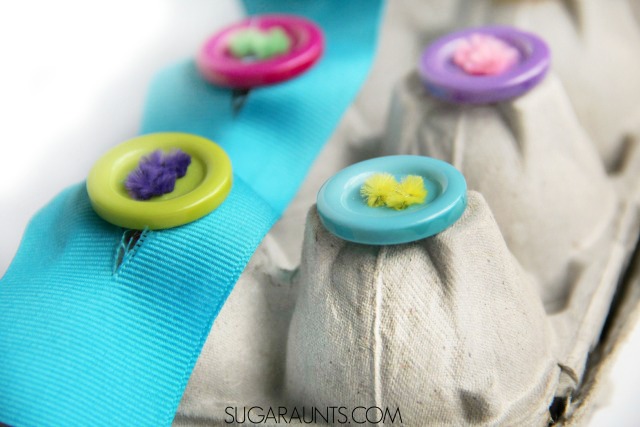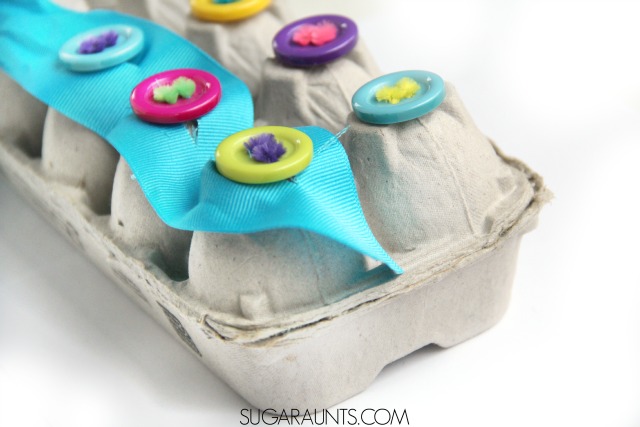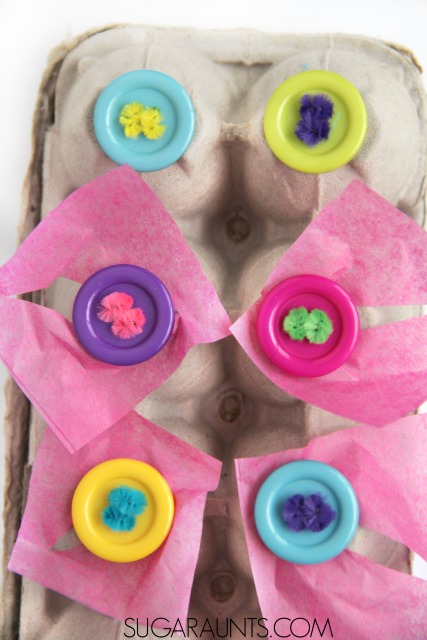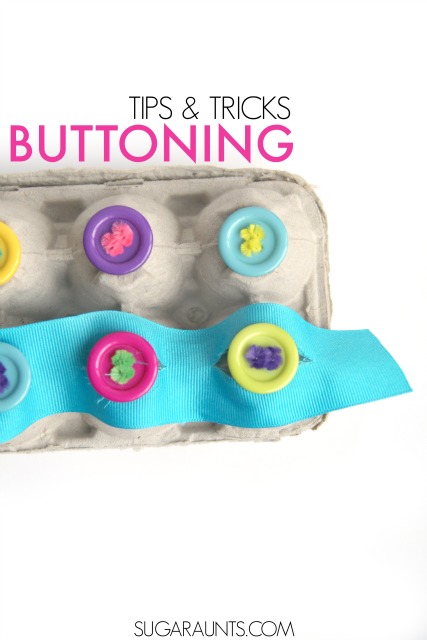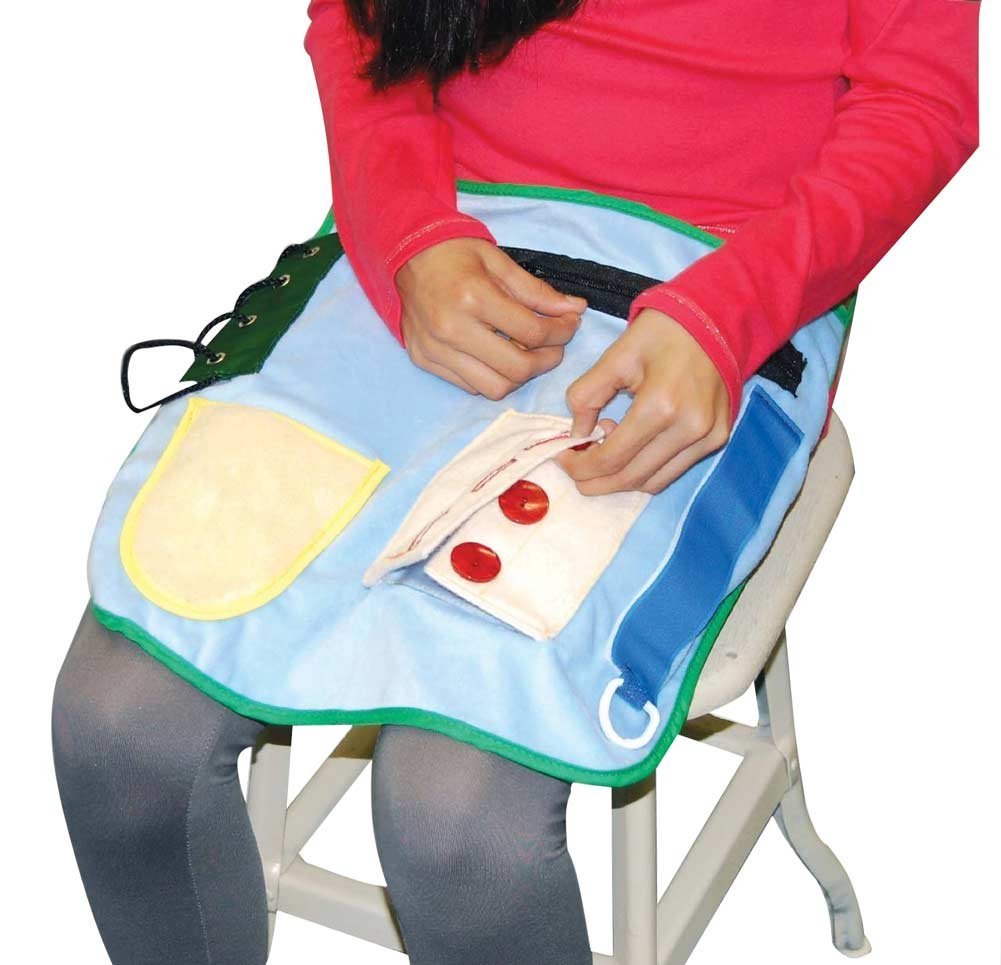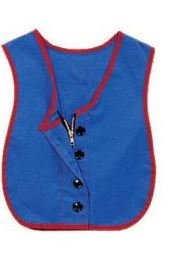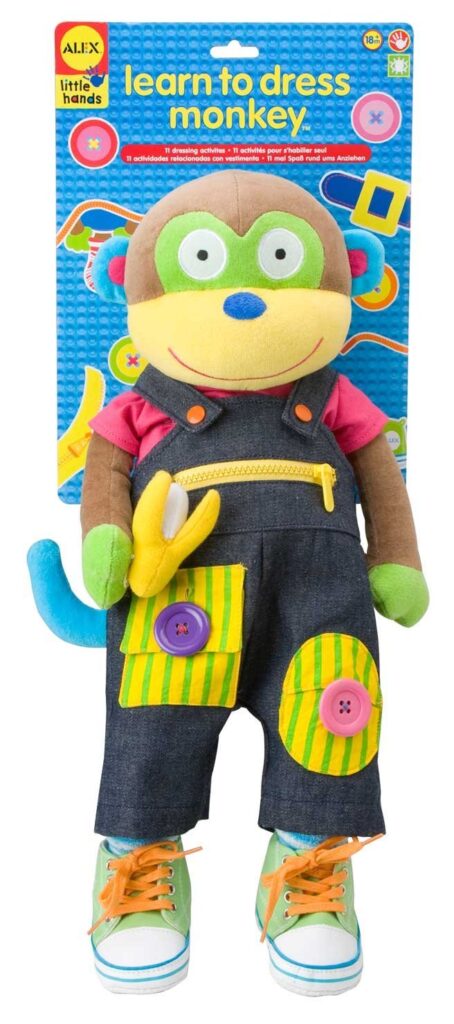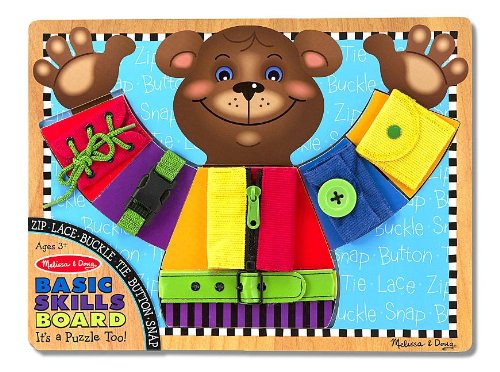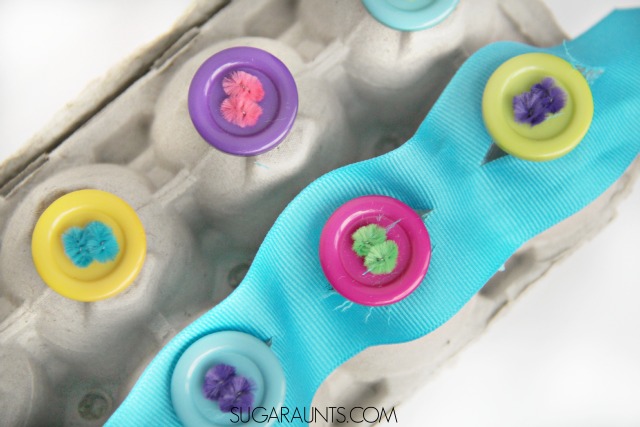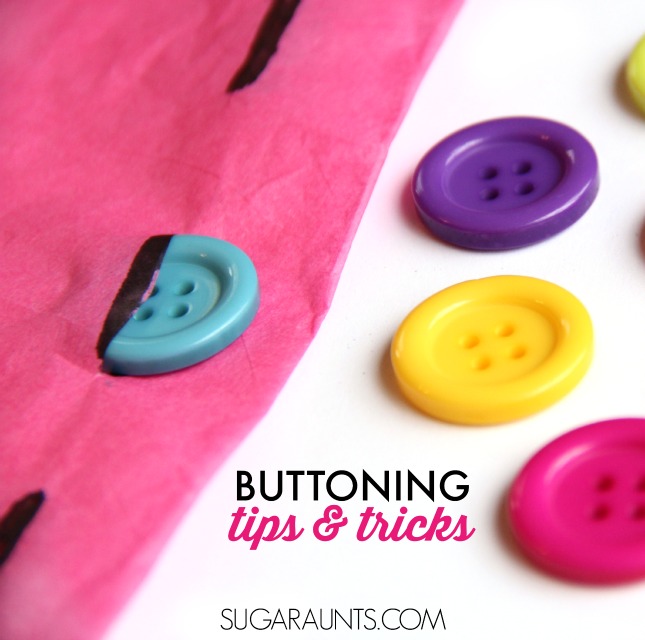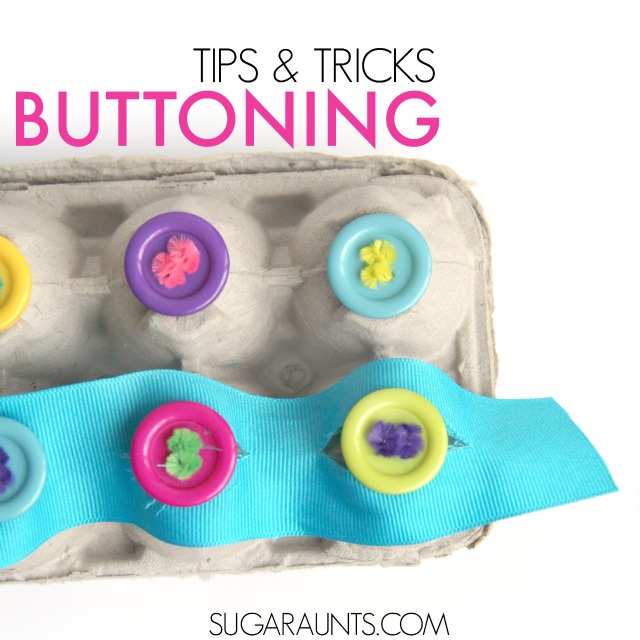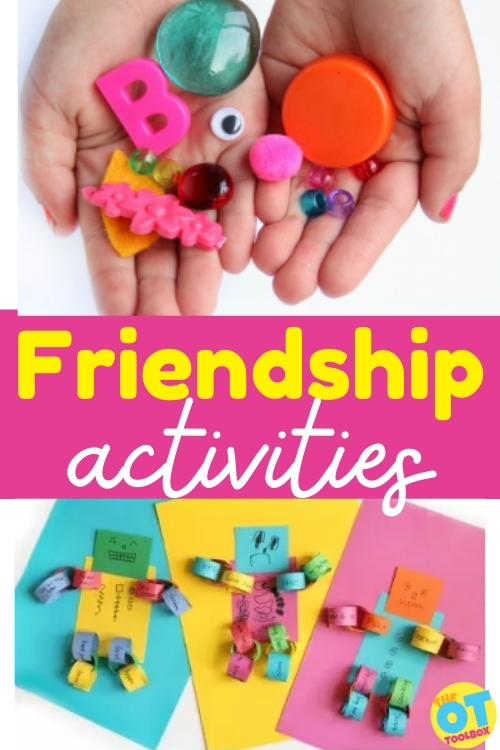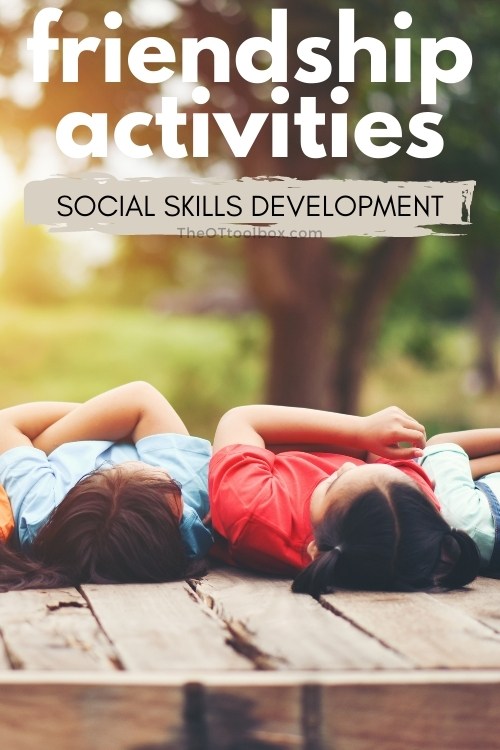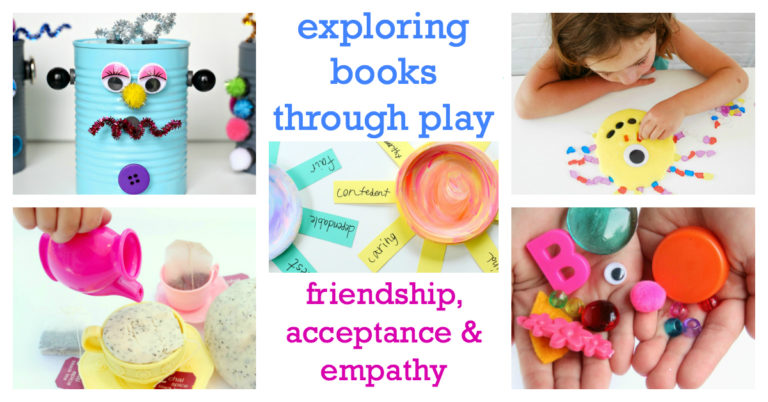Did you know you can tear paper to improve fine motor skills using materials you already have in your home? I have an incredibly easy fine motor activity to share: tearing paper! When kids tear paper, they are developing fine motor skills like grasp, hand strength, eye-hand coordination, bilateral coordination, and more. So often, parents are looking for easy ways to help kids develop fine motor skills, and the very material that can improve all of these areas is found right in the home. Let’s break down tearing paper as an amazing fine motor activity for kids.
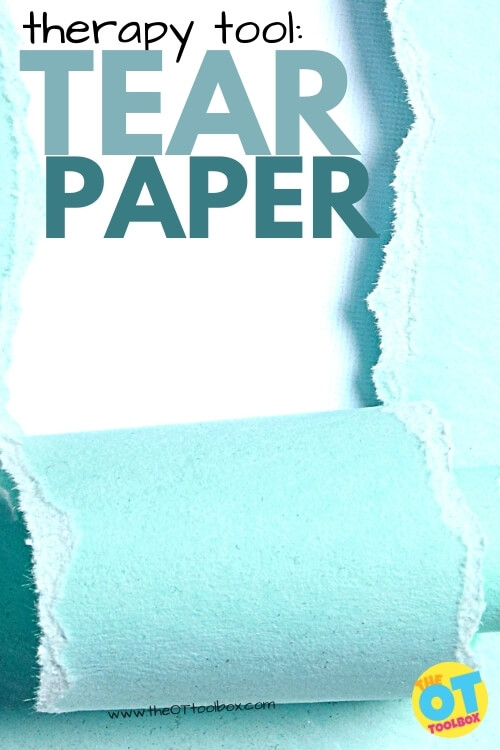
Did you know that a fine motor activity where a child tears up paper builds hand strength, motor planning, and so much more?
Tearing Paper for Fine Motor Skills
Tearing paper a simple fine motor activity that requires only scrap paper and your hands. In fact, tearing paper actually helps children develop so many essential skills: hand strength, hand eye coordination, precision, refined movements, bilateral coordination…
When a child tears a piece of paper, they improve hand strength and endurance in the small muscles in the hand.
The intrinsic muscles are used to tear up paper and these set of muscles located within the hand are important in so many fine motor skills, including those important to handwriting and coloring, managing buttons and zippers, manipulating pegs, and more.
When paper is torn, the hands assume a great tripod grasp which is effective and a mature grasp for writing and coloring.
To hold the paper, the non-dominant hand is assisting in the tearing and encourages appropriate assistance for tasks like holding the paper while writing, and managing paper while cutting with scissors.
Then, to tear a piece of paper, the dominant hand does the majority of the “work” to tear with precision and force, but also along a “line” while tearing.
Just look at the skills kids develop with a tearing paper activity:
- Hand eye coordination
- Bilateral coordination
- Pinch strength
- Arch development
- Intrinsic hand strength
- Separation of the sides of the hand
- Open thumb web space
- Shoulder and forearm stability
- Precision and refined grasp
- Proprioceptive input
- Motor planning
Other benefits of tearing paper
Not only is ripping paper as a fine motor strategy, tearing off pieces of paper can support sensory needs, coordination, and visual motor skills. When you tear a pieces of paper, so many skills are being developed…
Hand dominance- Holding paper with stability using a non-dominant hand to support the paper, and a dominant hand to make refined tears supports development of bilateral coordination skills. Depending on the intricacy of the paper tear line, more refined motor movements are used. This is a strategy to support graded precision skills.
Sensory Processing- To rip paper, strength and coordination is needed. This process offers heavy work through the finger joints, wrist as a stabile joint, and coordination and stability in the shoulder girdle. Heavy work, or proprioception allows us to know where our body is in space. But the benefits of heavy work can be calming and organizing. Ripping paper can be a sensory diet tool for some individuals.
Visual Motor Skills- To tear paper, visual motor integration is a required part of the puzzle. This includes eye-hand coordination, visual tracking, visual attention, and other areas of visual processing.
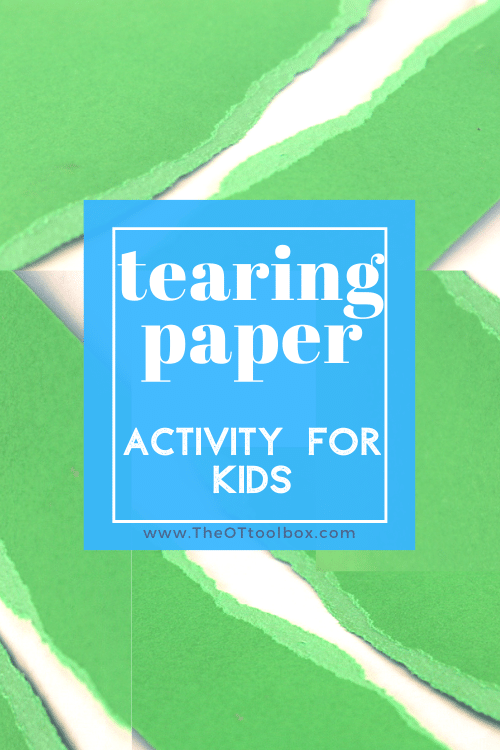
Tear a piece of paper to build sensory motor skills with an inexpensive therapy tool.
Paper Tearing Activities
In this paper tearing activity, we use recycled artwork to create Torn Paper Art that would look great on any gallery (or family dining room) wall! All you need to do is rip paper to develop skills.
Tearing strips of paper is especially a great fine motor task. To work those fine motor skills, start with some junk mail or recycled paper materials and practice tearing.
Tear paper into strips- To tear a long sheet of paper, you need to grasp the paper with an effective, yet not too strong grasp. Tear too fast, and the paper is torn diagonally and not into strips.
Make slow tears in the paper- Tearing the paper slowly while focusing on strait torn lines really encourages a workout of those intrinsic muscles.
Tear different weights of paper- Paper comes in different thicknesses, or weights. Practicing tearing different thicknesses really hones in on precision skills. We tore an 9×11 piece of painted printer paper into long strips, lengthwise. The thin paper isn’t too difficult to tear, but requires motor control. Thicker paper like cardstock or cardboard requires more strength to grip the paper. The thicker paper also requires a bit more strength to tear with accuracy and precision. Tearing paper that is thicker like cardstock, index cards, or construction paper adds heavy input through the hands. This proprioceptive input can be very calming and allow kids to regulate or focus while adding the sensory input they need.
Tear paper into shapes– Use the paper to create simple shapes like a circle, square, etc. You can make this task easier by drawing pencil lines and ripping paper along the lines. This is a fantastic way to build motor planning skills. Or, work on visual perceptual skills and try ripping paper into shapes without a template.
Vary the texture of the paper– You can add a sensory component and use different textures of paper. Try painted or colored paper. Try printed paper or a rough paper like last year’s paper calendar. Try ripping cardstock or textured crepe paper. Or, use graph paper as a thinner grade to address a different resistance. We cover all the ways to use graph paper in therapy goals and tearing paper is just one idea.
Work on tearing paper fringes- Tearing into the edge of the page, and stopping at a certain point requires refined motor work. It’s easy to tear right across the page, but requires precision and coordination to stop tearing at a certain point. To grade this activity easier, try marking the stopping point with a pencil mark.
Ripping paper has so many benefits! Did you know that when you tear a piece of paper so much work is being done?
Tearing Paper Exercises
There’s more to tearing paper than just making a mess…Occupational therapy practitioners use this fine motor tool as a way to improve hand strength and other underlying skills that we’ve talked about in this blog post.
But once you have the paper torn into pieces, did you know that you can use those torn paper pieces in fine motor work?
Check out our video on tearing paper. In it, we cover what happens when you tear paper (why occupational therapy providers love paper tearing as a fine motor tool), and then you’ll see specific finger strength exercises and finger dexterity activities you can do with the paper pieces.
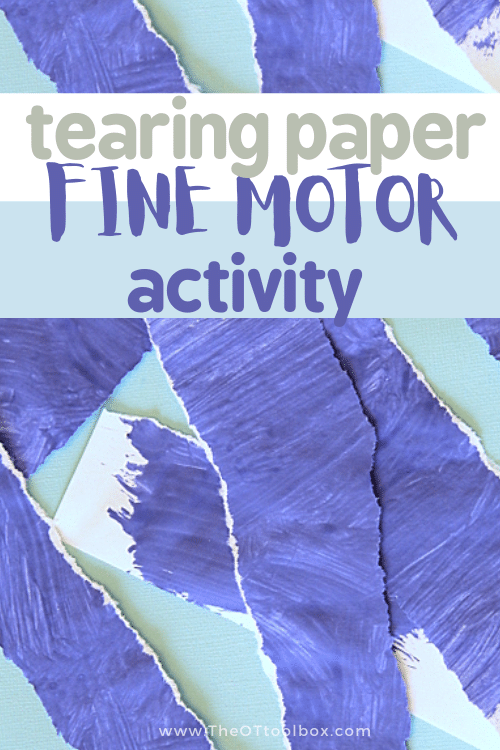
Types of paper to use in tearing paper activities
There are many benefits to using different textures and types of paper. Let’s take a look at some of the possible types of paper. These are materials that you may already have in your home.
Varying the paper type in torn paper activities can help to grade an activity, or make it easier or more difficult. These are great ways to vary the amount of fine motor strength and precision needed, thereby improving fine motor skills and visual motor skills.
Types of paper to use in tearing paper activities:
- Junk mail
- Old phone books
- Recycled newspapers
- Magazines
- Flyers from school or the community
- Printer paper
- Notebook paper
- Cardboard
- Recycled food boxes (cereal boxes, tissue boxes, etc.)
- Paper bags
- Tissue paper
- Crepe paper
- Toilet paper
- Paper towels
- Napkins
- Paper plates
- Recycled artwork
- Used coloring books
- Cardboard tubes (toilet paper tubes, paper towel rolls)
- Old calendars
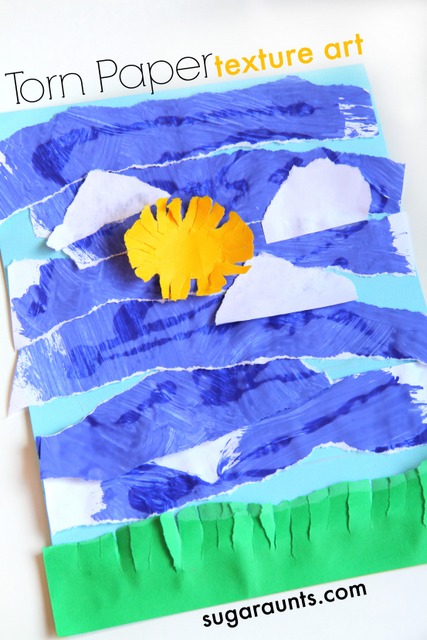
Tear up pieces of recycled artwork to create a new art medium.
Torn paper art
This ripped paper art is a craft that is so simple, yet such a fun way to create art while working on fine motor skills.

You’ll need just a few materials for ripped paper art:
- Paper (Any type or texture will do…old crafts, kids artwork, or paper that has been painted)
- Glue
- Paper to cardstock to use as a base
- Your hands!
We all have piles of kids’ artwork that is gorgeous…yet abundant. You keep the ones that mean the most, but what do you do with those piles of painted paper, scribbled sheets, and crafty pages? You sure can’t keep it all or your house will become covered in paper, paint, and glitter. We used a great blue page to make our torn paper art.
Making the torn paper art is very simple. It’s a process art activity that will look different no matter how many times you do the activity.
How to create torn paper art:
There is more to this therapy tool than just tearing a piece of paper…Use these tips.
- Select a variety of paper colors, materials, and textures.
- Tear a sheet into long strips. This will become the sky of our artwork.
- Use white paper to create cloud shapes. Tear the paper into shapes.
- Use green cardstock or other material to create grass. Tear small strips into the paper but not through to the edge. Create a fringe with the paper.
- Glue the torn paper onto the base page in layers.
- Use your imagination and have fun!
A few tips for creating torn paper art
Have a variety of paper types, colors, and textures available. Some ideas include using junk mail, recycled artwork, cardstock, construction paper, printer paper, crepe paper, cardboard, cereal boxes, etc.
Use your imagination. You can start with an idea to create or you can go with the flow of the art creation and start without an idea.
If you have trouble coming up with an idea for your torn paper art, try some of these:
- Create a torn paper landscape
- Create an object from ripped paper textures
- Make a torn paper abstract artwork
- Copy real life objects and make representational art
- Create a ripped paper still life
- Use all one color of paper in different textures to make a monochromatic artwork
- Make abstract portraits
- Tear the paper into shapes to make geometric artwork
- Explore art concepts such as size, shape, color, lines, form, space, texture
- Explore multimedia: Incorporate printed paper, painted paper, glossy paper, cardboard in different textures, crayon colored paper, etc.

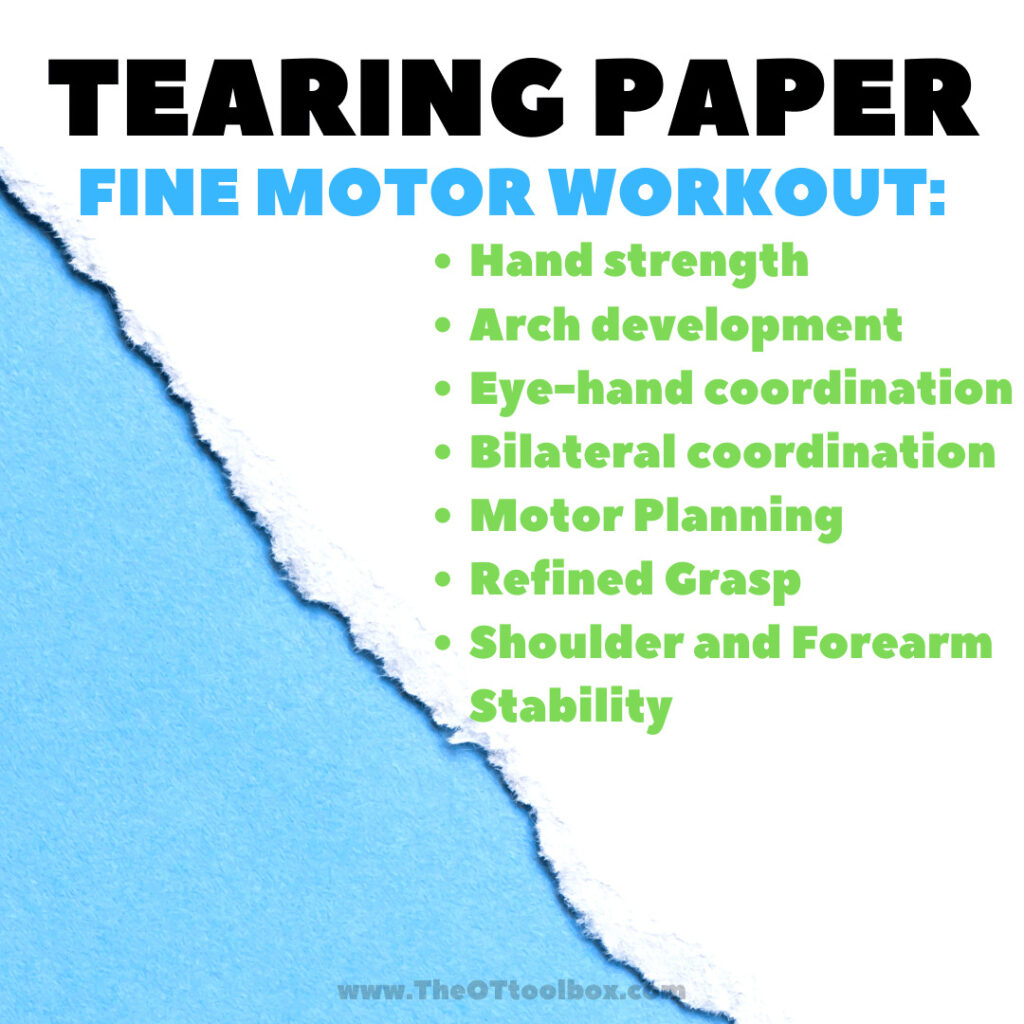

More paper activities
- Try making this paper helicopter to work on fine motor skills and visual motor skills.
- Fold a paper football and work on eye-hand coordination with sight word practice.
- Improve eye-hand coordination using paper in various crafts, activities.
- Improve finger isolation, arch development, and hand strength with these folded paper crafts.
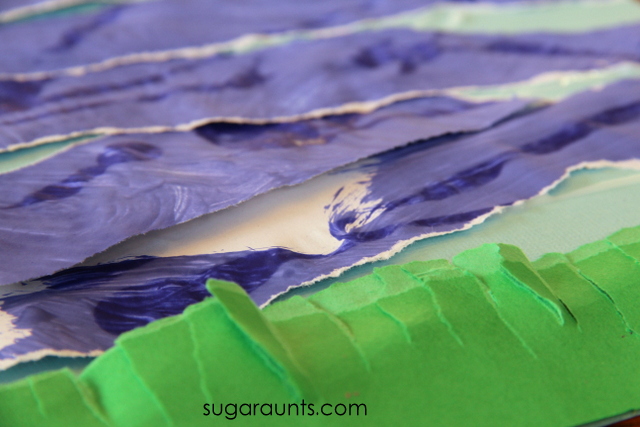
We used one of the long strips of green cardstock to create grass by making small tears. Be careful not to tear the whole way across the strip! What a workout this is for those hand muscles.
Next glue the blue strips onto a background piece of paper. Tear white scrap paper into cloud shapes. They can be any shape, just like clouds in the sky!
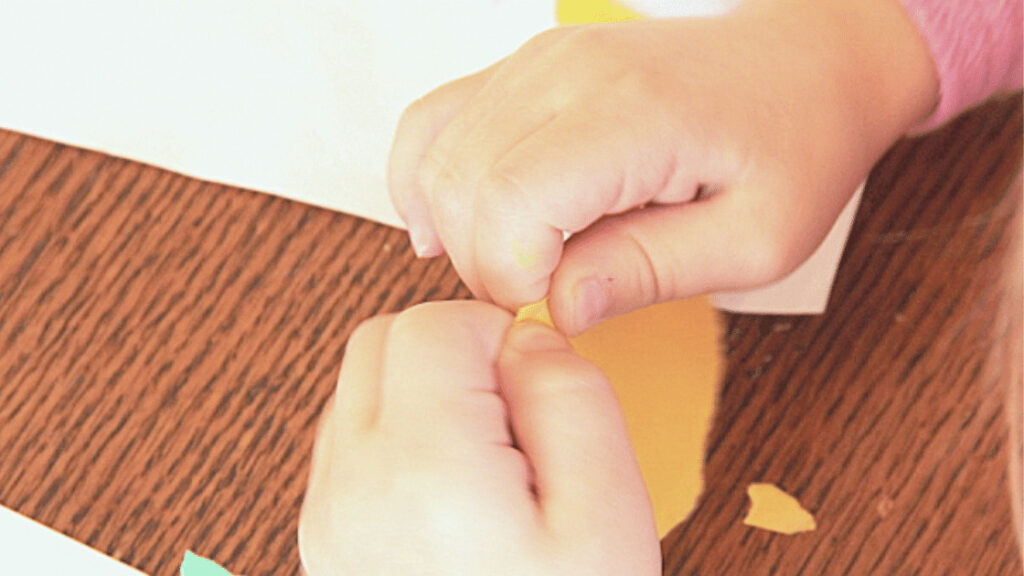
Grab a piece of yellow cardstock and create a sun. This is another fabulous fine motor workout. Tearing a circle-ish shape and creating small tears really works those muscles in the hands.

Glue the sun onto the sky and enjoy the art.
More paper activities that build skills:
Working on fine motor skills, visual perception, visual motor skills, sensory tolerance, handwriting, or scissor skills? Our Fine Motor Kits cover all of these areas and more.
Check out the seasonal Fine Motor Kits that kids love:
















Or, grab one of our themed Fine Motor Kits to target skills with fun themes:
- Frogs Fine Motor Kit
- Unicorns Fine Motor Kit
- Vehicles Fine Motor Kit
- Apple Fine Motor Kit
- Back to School Kit
- Sports Fine Motor Kit
- Outer Space Fine Motor Kit
- Fairytale Fine Motor Kit
- Plus more in our shop!
Want access to all of these kits…and more being added each month? Join The OT Toolbox Member’s Club!



Colleen Beck, OTR/L has been an occupational therapist since 2000, working in school-based, hand therapy, outpatient peds, EI, and SNF. Colleen created The OT Toolbox to inspire therapists, teachers, and parents with easy and fun tools to help children thrive. Read her story about going from an OT making $3/hour (after paying for kids’ childcare) to a full-time OT resource creator for millions of readers. Want to collaborate? Send an email to contact@theottoolbox.com.



